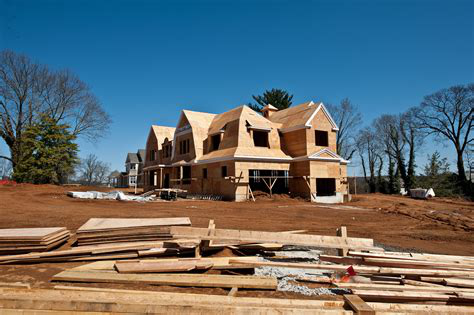Advances in research and eco-friendly technology have created endless opportunities for sustainability. We’re offered stainless steel straws at coffee shops, encouraged to bring reusable bags to the grocery store, and allowed to sign important documents digitally rather than on paper. With countless environmentally conscious decisions available, incorporating sustainability into your home build or remodel is a foregone conclusion. The difficult part is figuring out how, exactly, to incorporate sustainability. Whether or not you’re trying to go all-out and create a Net Zero home, here are a few tips for reducing your carbon footprint both during the build and while living in the home.
Utilize local materials.
If you can, source materials locally. This will reduce the pollution created by transporting materials from where they were produced. Plus, you’ll have a better idea of how the material was sourced and help support local businesses. This can be anything from hardwood to handmade light fixtures and hardware.
Use recycled and/or upcycled materials.
Reclaimed wood for flooring and trim isn’t just trendy—it’s environmentally sustainable. Consider using recycled glass for countertops and other surfaces, and ask your contractor about the availability of recycled and upcycled materials. Anything you can do to reduce the demand for producing new goods will help.
Install water-saving appliances.
Water-efficient sinks, toilets, and shower heads are both accessible and affordable. You don’t have a reason to not incorporate these into your custom home build.
Utilize technology.
Consider installing a smart home system to connect light fixtures and appliances to your smart phone. Maybe you have a family member who doesn’t shut off the lights when they go to bed, or perhaps you consistently leave the house without powering everything down. This is a great way to ensure your home uses as little energy as possible. If you don’t like the idea of a smart home, consider motion detectors instead.
Ask about alternative power.
Building a custom home is an excellent time to invest in alternative power sources. Talk to your contractor about the efficiency and possibility of solar panels in your area, and be sure to do your research. If done correctly, utilizing alternative energy can have massive cost incentives, which can make you custom home build more affordable in the long-term.

